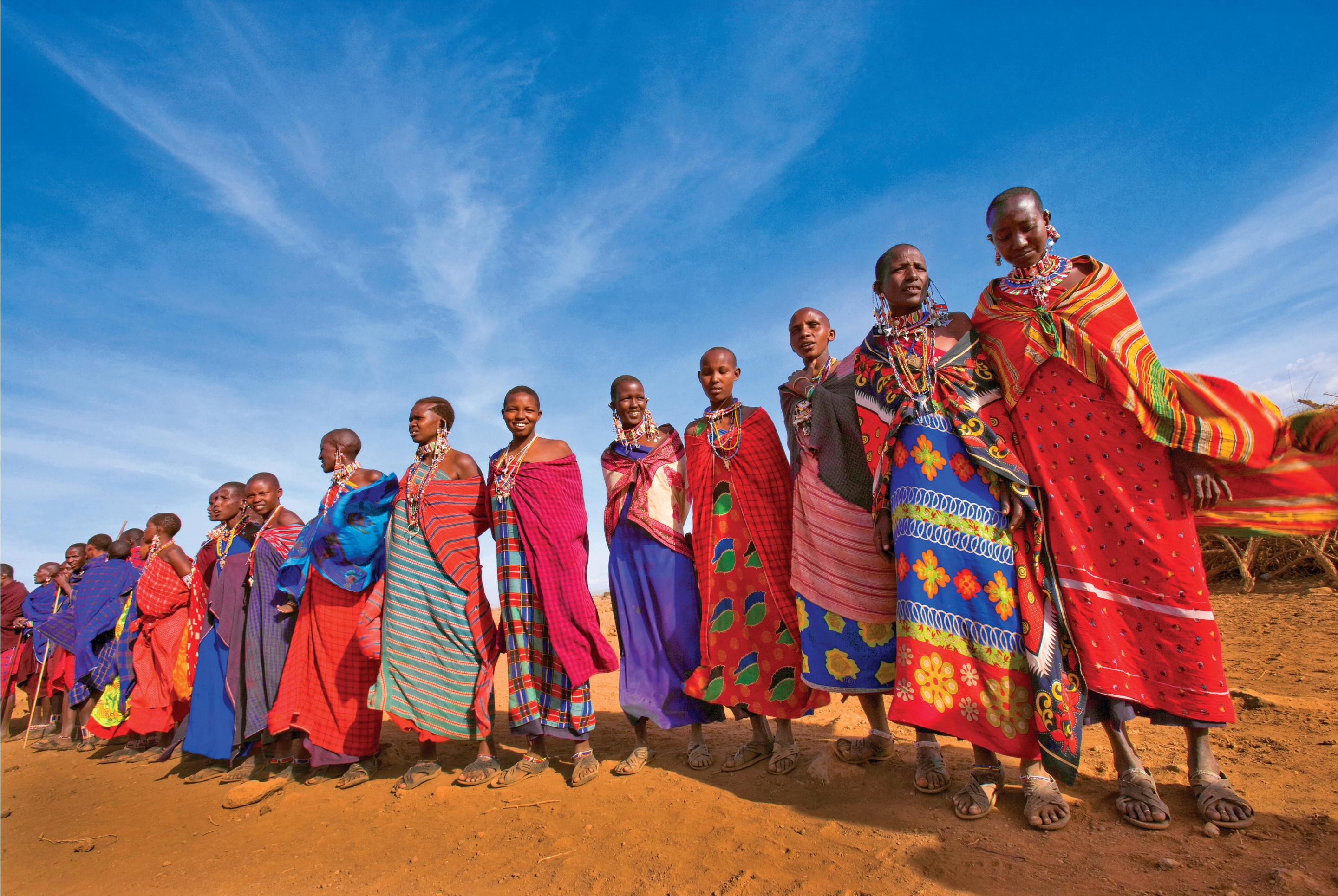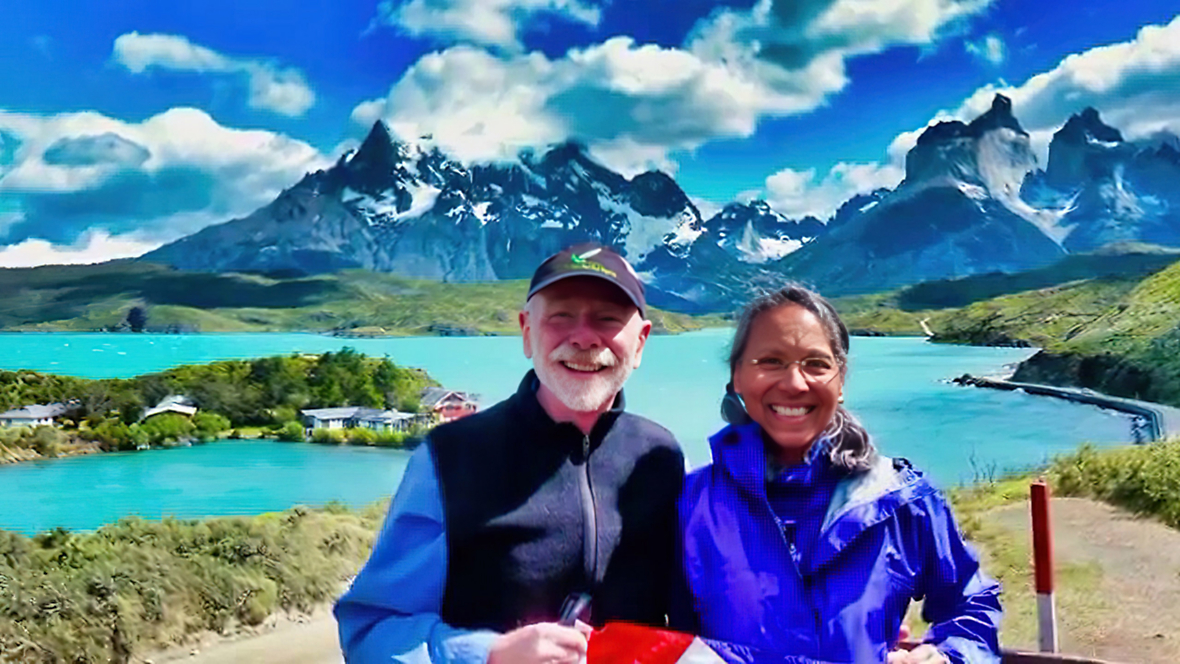You’re receiving this message because your web browser
is no longer supported
We recommend upgrading your browser—simply click the button below and follow the instructions that will appear. Updating will allow you to accept Terms and Conditions, make online payments, read our itineraries, and view Dates and Prices.
To get the best experience on our website, please consider using:
- Chrome
- Microsoft Edge
- Firefox
- Safari (for Mac or iPad Devices)
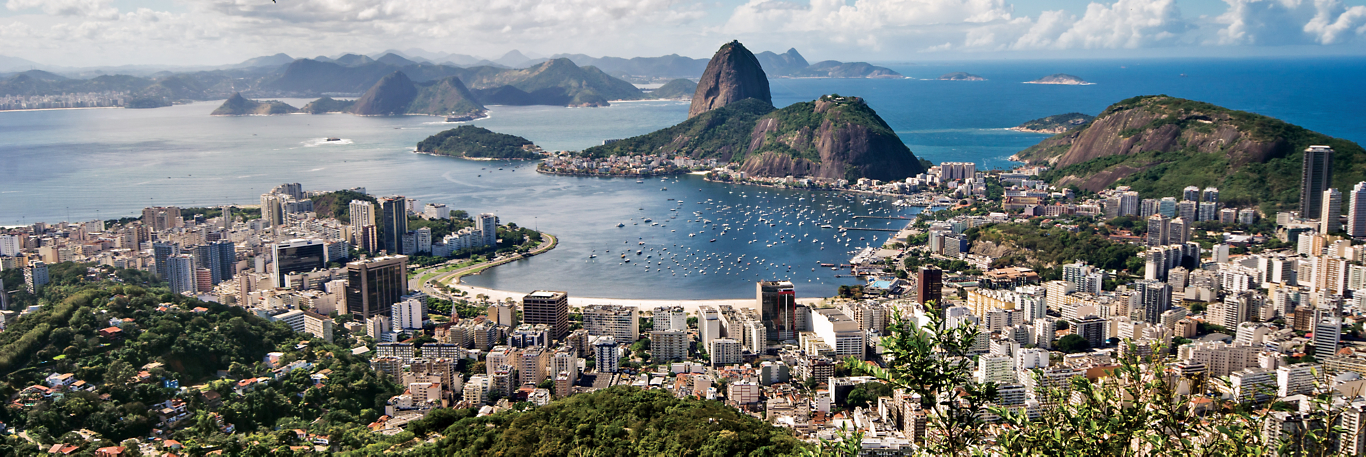
brazil
Compare Our Adventures
Click 'Select to Compare' to see a side-by-side comparison of up to adventures below—including
activity level, pricing, traveler excellence rating, trip highlights, and more

Spend 14 days in Brazil on
New! Brazil in Depth: Rio de Janeiro, Amazon Cruise & the Pantanal
O.A.T. Adventure by Small Ship

Spend 4 days in Brazil on
New! Exploring South America: Rio, Buenos Aires, Patagonia & Chilean Fjord Cruise
O.A.T. Adventure by Small Ship
Spend 4 days in Brazil on our
Post-trip Extension
Iguassu Falls: Thundering Cascades of Argentina & Brazil
Iguassu Falls: Thundering Cascades of Argentina & Brazil
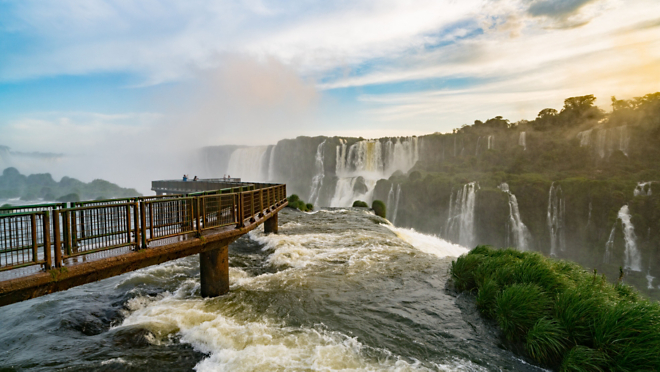
Spend 4 days in Brazil on our
Post-trip Extension
Iguassu Falls: Thundering Cascades of Argentina & Brazil
Iguassu Falls: Thundering Cascades of Argentina & Brazil

Compare Adventures
Add Adventure
including international airfare
per day
*You must reserve the main trip to participate on this extension.
**This information is not currently available for this trip. Please check back soon.
You may compare up to Adventures at a time.
Would you like to compare your current selected trips?
Yes, View Adventure ComparisonBrazil: Month-By-Month
There are pros and cons to visiting a destination during any time of the year. Find out what you can expect during your ideal travel time, from weather and climate, to holidays, festivals, and more.
December-March in Brazil
Vast Brazil stretches across half of South America’s landmass, with regional climates varying from equatorial in the north to a true southern hemisphere climate (hot summers and cooler winters) in the south.
Summery weather combined with the trinity of seasonal holidays—Christmas, New Year, and Carnival—draws visitors to Brazil during December, February, and March. This is also the most popular time of year for Brazilians to travel within their home country, and as such, you can expect crowded beaches and peak season prices. But the longer daylight hours and festive atmosphere make this a great time of year to visit Brazil.
Those seeking adventures in nature will also enjoy traveling in Brazil’s summer months: Heavy rainfalls across southern Brazil and the rain forest swell the Amazon River, creating the perfect conditions to explore the rain forest by boat, and make Iguassu particularly lush.
Holidays & Events
- December 31: New Year’s Eve in Brazil is known as Reveillon, a night of dancing on the beach to ring in the new year. Brazilians dress in all white and wear flower garlands for the Reveillon celebrations, which last until dawn and feature live music performances and firework displays at the stroke of midnight.
- Mid-January: Lavagem do Bonfim is a popular festival in Salvador, the capital city of Brazil’s northeastern Bahia state, and is held on the Thursday after Three Kings Day each year. It is a festival of cleansing after the holiday period, when baianas, or women dressed in traditional full skirts, wash the steps of the Church of Senhor do Bonfim.
Must See
Known throughout the world for its extravagant street parades, glittering performers, and wild partying, Rio de Janeiro’s Carnival sets the bar for all other carnivals. More than two million people take to the streets of Rio each day to witness the spectacle, which keeps the city up all night for five days before the start of the Lenten season.
Watch this film to discover more about Brazil
April-May in Brazil
April and May mark the beginning of Brazil’s low season, when the heat and humidity of summer are replaced by warmer, more pleasant weather, and Brazilians’ summer holidays draw to a close. Water levels are still high in the Amazon, bringing you closer to the canopy wildlife, while roaring Iguassu remains verdant from its bountiful mist.
Holidays & Events
Late March-mid April: Semana Santa, or Holy Week, is celebrated with aplomb in this Catholic nation. Brazilians throughout the country celebrate the week leading up to Easter with elaborate religious processions, featuring costumed penitents and heavy floats.
Watch this film to discover more about Brazil
June-July in Brazil
Winter comes to Brazil in June and July, though its equatorial position means temperatures remain mild throughout much of the country. Head south for more traditional signs of the season: Snow can be spotted in the southern mountain ranges.
Winter is also the start of Brazil’s dry season, making it a great time of year to enjoy outdoor activities like hiking. While the Amazon rain forest is hot and steamy with the possibility of rain showers year-round, visitors during the dry season will experience significantly less rainfall; for this reason, June through November are considered the best months to visit. And at Iguassu, water levels lower throughout the season, offering a different view of this natural wonder.
Holidays & Events
- Late June: Celebrated throughout Brazil, Festa Junina blends Catholic celebrations with seasonal traditions. The festival marks the harvest time and the transition into winter, and also honors the feast days of St. Anthony, St. John the Baptist, and St. Peter with street parades and music performances.
- Late June: Boi Bumpá, also known as the Parintins Folklore Festival, is a lively festival held each year on the island of Paratins in the Brazilian Amazon. Rival teams don colorful costumes and tails, and compete in live performances of traditional folk stories, complete with musical interludes, dancing, and puppetry.
Watch this film to discover more about Brazil
Brazil in August-November
For many, Brazil’s springtime offers ideal weather conditions: clear blue skies, rising—but still pleasant—temperatures, and little rain. Temperatures increase throughout October, and summer begins to settle in by November, but it is not yet too hot or humid. This is generally considered the best time to visit Rio and the tropical beaches of the north, and tourists from the Northern Hemisphere take full advantage; expect lots of international visitors, especially during August.
Holidays & Events
- Mid-August: The Festa do Peao, or Festival of the Cowboy, is a 10-day celebration of all things rodeo. Held each year in the city of Barretos, located in the state of São Paulo, this annual event features rodeo competitions, open-air concerts, typical “cowboy food” like braised meats and beans, and a larger-than-life metal cowboy statue.
- October 12: Dia das Criancas, or Children’s Day, is an annual highlight for many Brazilian children. On this day, children receive gifts and candy from their parents. Children’s Day also coincides with the feast day of Our Lady of Aparecida, the patron saint of Brazil.
- Late November-early January: Natal Luz, which means “Christmas of Lights” is an annual Christmastime festival featuring elaborate light displays. It is celebrated in the southern Brazil mountain town of Gramado, whose alpine-style architecture offers a festive backdrop for the holiday decorations.
Must See
Perhaps surprisingly, the world’s second largest Oktoberfest is held each year in the southern Brazilian city of Blumenau. Founded by German settlers who brought with them their love of beer and alpine architecture, Blumenau is best known in Brazil for its raucous beer-drinking extravaganza. In fact, Blumenau’s Oktoberfest is one of Brazil’s largest street party, second only to Rio’s Carnival.
Watch this film to discover more about Brazil
Average Monthly Temperatures
High Temp Low Temp
Brazil Interactive Map
Click on map markers below to view information about top Brazil experiences
Click here to zoom in and out of this map
*Destinations shown on this map are approximations of exact locations
Rio de Janeiro
Where natural splendor mingles with an urban oasis and tradition meets modernity is where you'll find Rio de Janeiro. From the famous 100-foot Christ the Redeemer statue to the passionate samba dance style that originated here, Rio's undeniable charm is hard to ignore.
Ride a cable car up into the clouds to the top of Sugar Loaf Mountain to experience the city from above and take in breathtaking views of Rio's harbor, which is considered to be one of the Seven Natural Wonders of the World. Looking out over Rio, directly across from Sugar Loaf is Brazil's most recognizable figure, the 100-foot Christ the Redeemer statue that stands tall atop Corcovado Mountain. Rio isn't limited to mountaintop views though. Sandwiched between city and ocean are stunning beaches; sprinkled throughout Rio are scenic parks where you may spot a toucan or monkey; and lining the wide streets are colorfully painted cafés and shops.
As you explore the city, you may hear a fiery rhythm beating through the streets—it is most likely samba music. Samba, a traditional dance style, was created in Rio de Janeiro at the beginning of the 20th century. If you're in Brazil in February and March, you'll witness locals dressed in colorful costumes embellished with sequins and feathers samba down the streets at Rio's annual Carnival festival. Samba translates to "an invitation to dance," and you may just want to join in on this fun festivity.
Explore Rio de Janeiro with O.A.T. on:
Iguassu Falls
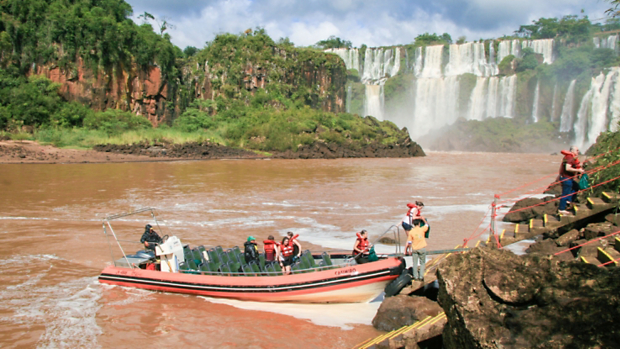
Feel the cool mist on your skin ... hear the roar of the Falls ... and experience the sheer magnificence of the world's largest waterfall in Iguassu National Park, a UNESCO World Heritage Site. The site spans more than 1.5 miles and has 275 waterfalls—the tallest of which is over 260 feet tall. Located in Argentina and Brazil, the two countries boast equally stunning perspectives of the Falls, but you can take in panoramic views of nature's masterpiece on the Brazil side, including multiple views of the Devil's Throat. If you're feeling extra adventurous, and aren't afraid of getting wet, boat tours take you directly into the action of the Falls.
Explore Iguassu Falls with O.A.T. on:
- New! Exploring South America: Rio, Buenos Aires, Patagonia & Chilean Fjord Cruise
- Post Trip:Iguassu Falls: Thundering Cascades of Argentina & Brazil on New! Brazil in Depth: Rio de Janeiro, Amazon Cruise & the Pantanal
- Post Trip:Iguassu Falls: Thundering Cascades of Argentina & Brazil on The Wilderness Beyond: Patagonia, Tierra del Fuego & the Chilean Fjords
- Post Trip:Iguassu Falls: Thundering Cascades of Argentina & Brazil on Antarctica's White Wilderness
- Post Trip:Iguassu Falls: Thundering Cascades of Argentina & Brazil on Antarctic Circle Expedition: Journey through Antarctica
Manaus

Manaus is a hidden gem found deep in the Amazon rain forest that is only accessible by plane or boat. Despite being remote, Manaus is the largest city in the Amazon with around two million residents. Fortunately, the isolation has preserved what makes the city so incredible—its history and culture. The Amazonas Opera House, for instance, is Manaus' crown jewel. The Opera House, constructed in the late 19th century, contrasts the lush forest surrounding it with its colorful dome depicting the Brazilian flag, which uses 36,000 decorated ceramic tiles. Construction on the opera house began in 1884, at the height of the rubber industry, which funded the opera house's lavish design. Years after completion when the rubber industry took a hard hit, the opera house was shut down and remained closed for 90 years until its renovation in 2001. Now, the Amazon Philharmonic orchestra performs here.
Explore Manaus with O.A.T. on:
Featured Reading
Immerse yourself in Brazil with this selection of articles, recipes, and more
ARTICLE
Which European capital was located 5,000 miles away from its home nation 200 years ago?
Capital Confusion
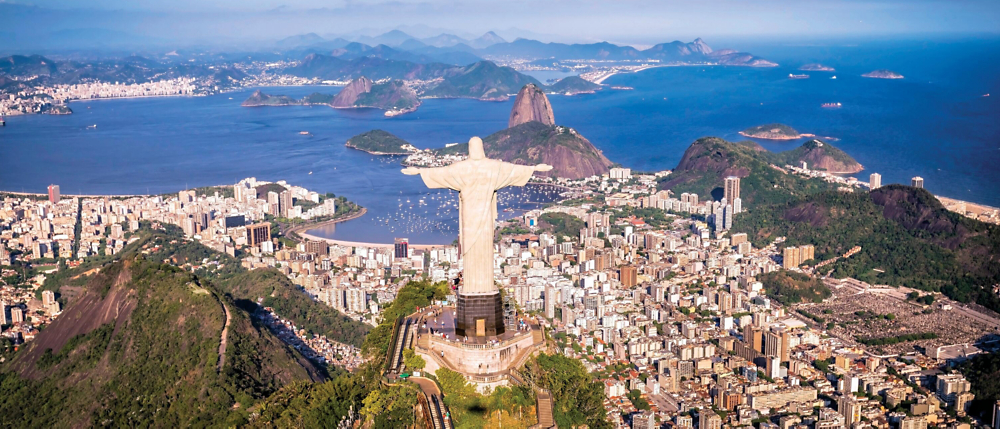
from The Inside Scoop
Question: Today, world capitals are easy to find, just look in the countries they govern. But 200 years ago, it wasn’t that simple for one European nation—its capital was located 5,000 miles away … in South America. What European nation was it? And which thriving South American city served as its capital?
Answer: The capital of Portugal was Rio de Janeiro
In late 1807, Napoleon's army was marching toward Portugal, intent on capturing all of Iberia during what would come to be known as the Peninsular War. Fearing for the safety of the royal family, Prince John VI ordered that the entire court be transferred from the capital of Lisbon to the Portuguese colony of Brazil.
The royal court arrived in Rio de Janeiro on March 7, 1808, establishing it as the first (and only) European capital city to ever exist outside of Europe.
As you might imagine, the sudden arrival of nobility had a big impact on the tiny colonial capital. Here are some facts about how Rio de Janeiro—and Brazil in general—were changed by the city’s unprecedented status:
- Eminent domain: Even though Rio de Janeiro had been serving as the colonial capital of Portuguese America since 1763, it was in no way large enough or grand enough to suit royal sensibilities. So the court improvised—much to the chagrin of locals: Residents and shop owners were hastily (and sometimes forcibly) removed from their property to make room for the royal entourage, and wealthier inhabitants willingly gave up their sumptuous accommodations to please the Prince.
- Keeping up with the sovereigns: Property ownership wasn’t all that changed after the royals came to town—the economy was transformed, too. The influx of a huge court called for an increase in food supply—and the influx of expensive, courtly taste turned Rio into a haven for luxury goods. Over time, rent in the city doubled, taxes rose, infrastructure vastly improved, and Rio was imbued with an air of elegance and sophistication.
- Brazil gets a promotion: After the Peninsular War ended in 1814, the leaders of Europe balked at the idea that an ancient royal family would continue to reside outside of Europe and demanded that the Portuguese court return to their native home. But the court was thriving in Rio de Janeiro—and in no hurry to leave. In an effort to appease his monarchical peers, Prince John elevated Brazil's status by forming the United Kingdom of Portugal, Brazil, and the Algarves. Suddenly, Brazil wasn't just a colony, but a kingdom united to Portugal.
- Goodbye, Rio: Unfortunately for the court, the ploy was ultimately unsuccessful: Leadership in Portugal resented the new status of the much larger colony, and Brazilians were growing more and more eager to govern themselves. So, in 1821, Prince John grudgingly returned to Lisbon, leaving his son, Prince Pedro de Alcantara, to oversee Brazil.
- A new country is born: The course Prince Pedro took may not have been exactly what his father had in mind: Just one year after the court left, Prince Pedro declared the Brazil’s independence from Portugal. Not long after, the Prince was named the first Emperor of Brazil, and he decide to govern the new nation from—where else?—the former capital of Portugal, Rio de Janeiro.
Traveler Photos & Videos
View photos and videos submitted by fellow travelers from our Brazil adventures. Share your own travel photos »
